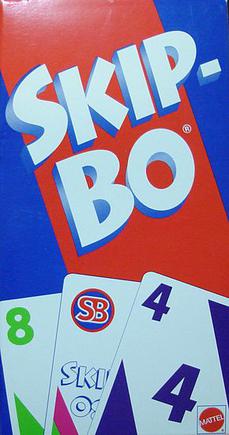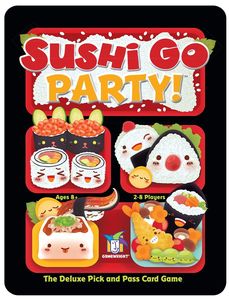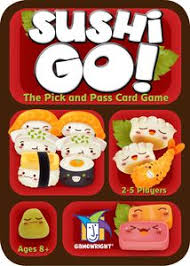written by David Steffen

Skip-Bo is a card game created by Minnie Hazel “Skip” Bowman in 1967, that has since been sold to Mattel.
The object of the game is to completely empty your stock pile of cards, which in the standard rules starts with 30 cards (rules recommend changing this to 10 for a quicker game). You can keep 5 cards in your hand, and you can lay down any number of cards on your turn into a limited number of ordered build piles, with Skip-Bo cards acting as wild cards. At the end of the turn you either discard into one of a set of personal discard piles, and play continues until someone depletes their stock pile of cards.
The rules are sufficiently different from other card games I’ve played that it does have a little bit more of a learning curve than most, you have to learn what the difference between a build pile and a discard pile are, for instance. But it’s still not a terribly steep curve and once you get the learning stage out of the way you should be able to play through pretty quickly.
Audience
Probably not suitable for pre-school kids as the rules might be a little more complicated than other card games for them to pick up, especially in terms of keeping track of the separate piles.
Challenge
Once you pick up the rules, mostly based on chance, though your strategy of how to organize your discard piles will affect your long-term game.
Session Time
If you play the main rules of the game, maybe a half hour? With a pile that big it can take a while to work through it.
Replayability
No more or less than other card games.
Originality
Even fifty years later, it feels sufficiently different from other card games to be notable.
Overall
A little bit more of a learning curve than most playing card games (maybe too much for pre-school kids), but not bad. Sufficiently interesting with a bit of strategy mixed with the chance to keep things interesting.


